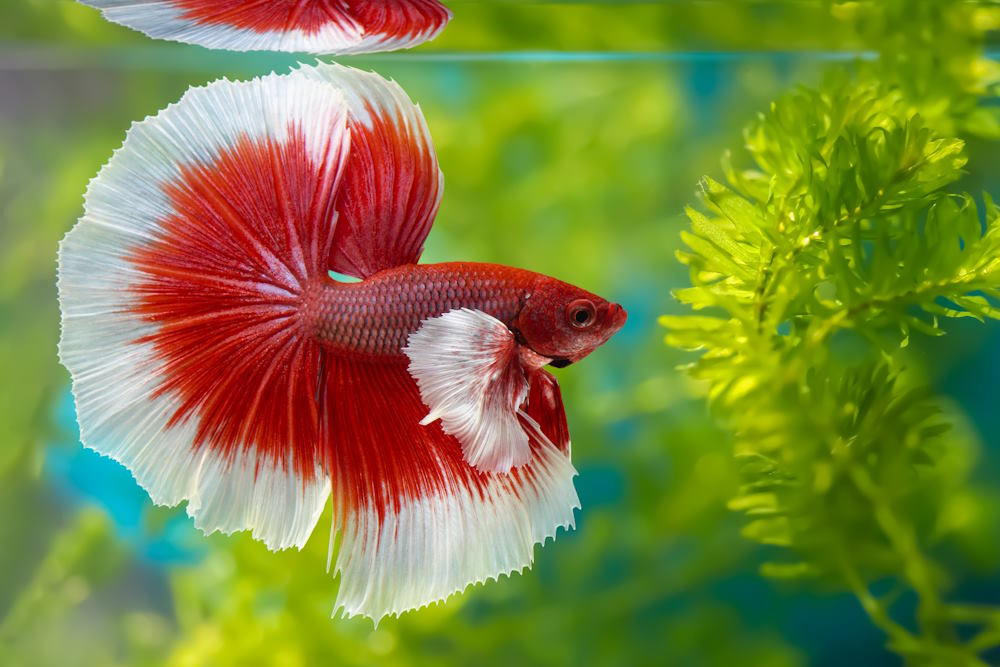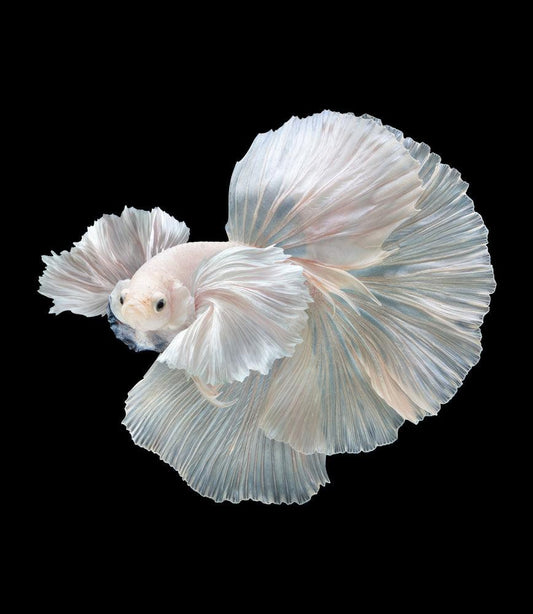How to Present Betta Fish to a Community Container Securely
How to Present Betta Fish to a Community Container Securely
Blog Article
Exactly How to Breed Betta Fish Efficiently: Professional Methods and Insights for Hobbyists Wanting To Expand Their Betta Collection
Reproducing Betta fish requires a nuanced understanding of genetics and environmental conditions, making it necessary for enthusiasts to approach the procedure with both persistance and treatment. Developing an optimal breeding setting, selecting the ideal sets, and observing the intricacies of their courtship habits are foundational actions that can dramatically impact the result.
Recognizing Betta Fish Genes
Understanding the genetics of Betta fish is important for effective reproduction, as it affects qualities such as shade, fin shape, and behavior. Betta fish exhibit a diverse array of colors and patterns, largely identified by their genetic makeup. The primary genes responsible for pigmentation consist of the "B" genetics for blue, "D" genetics for red, and the "C" genetics for shade strength. Breeders can control these qualities by choosing certain moms and dad fish that display preferred qualities.
Along with pigmentation, fin morphology is one more significant facet of Betta genes (betta fish). The shape and size of fins are affected by different genes, including those that establish whether the fins are brief, long, or veil-shaped. Comprehending these genetic variants aids dog breeders anticipate the phenotypic outcomes of their offspring
Moreover, behavior qualities such as aggressiveness and territoriality can also be affected by genetics. These behaviors play a vital duty in the breeding process, as they can influence spawning success and the overall personality of the resulting fry. By adequately understanding these hereditary principles, breeders can make educated decisions, inevitably improving their breeding programs and attaining preferable results.
Preparing the Reproduction Environment
Developing an ideal breeding environment is vital for the successful reproduction of Betta fish. The primary step in preparing this environment is to choose a suitable breeding container, preferably varying from 5 to 10 gallons. This dimension enables for adequate swimming space and the establishment of regions. The container should be outfitted with a heater to keep a stable temperature between 78 ° F and 80 ° F, which is vital for encouraging spawning habits.
Next, think about making use of a sponge filter or an air rock to provide gentle water flow without creating strong currents that can worry the fish. It is crucial to install plants or breeding cones to supply hiding spots and promote comfort for the female during the spawning process. Floating plants, such as Java moss or water sprite, can also develop an extra natural surroundings while assisting in bubble nest structure by the man.
Before introducing the reproducing pairs, make certain the water is conditioned and devoid of damaging chemicals, such as chlorine or heavy metals. betta fish. Regular water changes ought to be conducted to maintain optimal water high quality, improving the possibilities of successful breeding. With these prep work in area, the reproducing atmosphere will sustain the health and health of both Betta fish
Choosing Reproduction Pairs
Choosing the best breeding pairs is essential for achieving successful Betta fish reproduction. When picking your breeding pairs, take into consideration numerous crucial elements including wellness, personality, and genetics. Healthy Betta fish show lively colors, clear eyes, and energetic habits. Selecting fish that are free from condition makes sure a much better chance of creating practical spawn.
Personality is one more important consideration, as Betta fish are understood for their hostile nature. It is a good idea to select a man and female that display suitable characters to decrease stress and anxiety throughout the breeding procedure. A tranquil man can motivate a smoother courtship, while a lady that is as well hostile may interfere with the procedure.
Genetic history also plays a substantial function in the top quality of the offspring. Breeding fish that are genetically varied can reduce the danger of genetic wellness issues and improve the total vigor of the fry. It is helpful to research the lineage of both the man and lady, concentrating on desirable characteristics such as fin type, color patterns, and dimension.
The Reproduction Refine
The breeding look at this web-site process of Betta fish calls for mindful preparation and attention to detail to ensure an effective result. It is important to prepare a suitable reproduction tank, ideally a 5-10 gallon aquarium with a temperature level kept at 78-80 ° F. The container needs to be equipped with a heater, filter (preferably sponge type to avoid strong currents), and a lot of water plants for the woman to hide.
When the atmosphere is established, introduce the selected breeding set to the container, permitting them to accustom. Observe their habits; the male will display sophisticated courtship you can find out more routines, consisting of flaring his fins and developing a bubble nest. If the woman shows rate of interest, she will display upright red stripes showing preparedness for spawning.
When the lady is responsive, both will take part in a breeding welcome, throughout which the male fertilizes the eggs. It is essential to monitor their communications very closely, as the man may become hostile. After generating, eliminate the female to avoid potential injury. The male will tend to the eggs, which typically hatch out within 24-36 hours. Preserving optimal water problems throughout this period is important for the growth of healthy and balanced Betta fry.
Taking Care Of Betta Fry

Feeding Betta fry is essential, as they call for a diet regimen high in protein. At first, they can a fantastic read be fed infusoria or fluid fry food, transitioning to carefully crushed high-grade pellets as they grow. Feed tiny sections numerous times a day to urge healthy growth without overloading the storage tank with uneaten food.

As they grow, monitor their development closely and divide any hostile individuals to stop harm. By giving a nurturing atmosphere and proper nourishment, enthusiasts can effectively elevate Betta fry into vivid, healthy fish, inevitably enhancing their reproduction endeavors.
Final Thought
Effective Betta fish reproduction calls for meticulous focus to genetic choice, environmental conditions, and treatment for the fry. By understanding the genetics of Betta fish and preparing an ideal reproduction atmosphere, enthusiasts can improve the possibilities of producing lively, healthy offspring.
Report this page